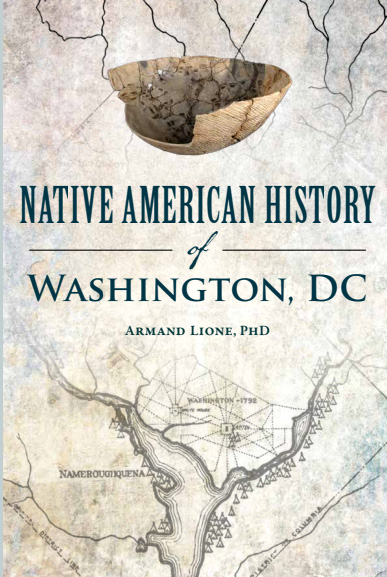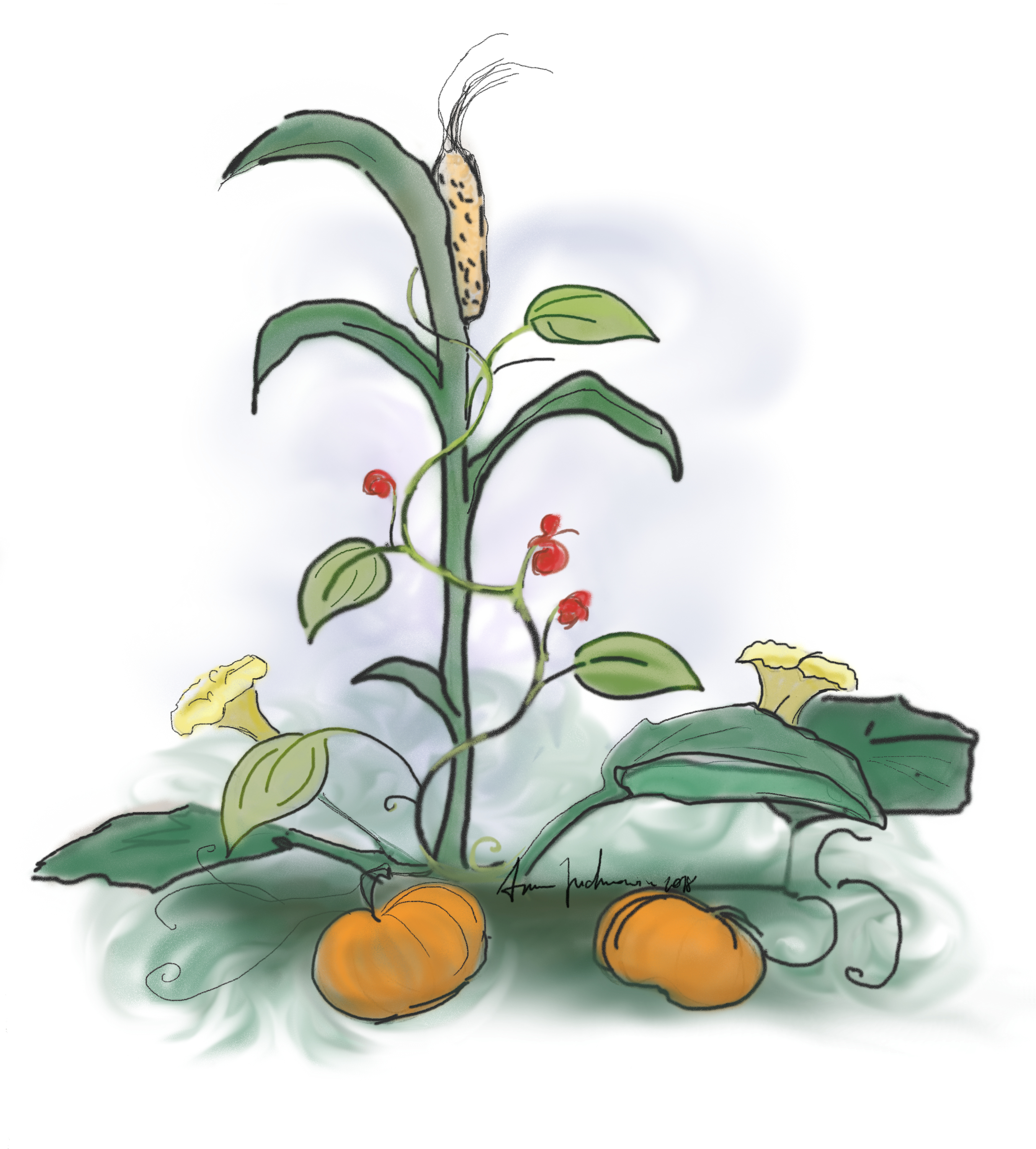
The DC Public Library proudly celebrates Native American Heritage Month this November by sharing resources to read, watch, listen to and learn from that honor and pay tribute to the rich ancestry and traditions of Native Americans.
Origins of Native American Heritage Month
Native American Heritage Month has been declared each year since 1994 but the origins of the month date back to 1915 when Dr. Arthur C. Parker, a Seneca Indian, who was the director of the Museum of Arts and Science in Rochester, N.Y persuaded the Boy Scouts of America to set aside a day for the “First Americans.” This movement grew as the Congress of the American Indian Association declared an “American Indian Day” and several states joined in, declaring their own day. In 1990 the first Native American Heritage Month was declared and it became an annual celebration in 1994. Learn more about Native American Heritage Month.
History of Native Peoples in Washington, D.C.
The DMV region was home to several Native Tribes, including the Nacotchtank, also known as the Anacostians who lived right in Washington, D.C. The Anacostans is a Latin version of their original name. It is derived from the native word “anaquashatanik” which is translated as “a town of traders.” With the convergence of the Anacostia and Potomac Rivers, the area served as a trading hub with other tribes in the Chesapeake area and up and down the Eastern seaboard.
The D.C. area had a wealth of natural resources. The river provided food, water and irrigation for farming crops like corn, beans and squash. The land also provided rich hunting ground populated with turkey, deer, bison and more. We know from early maps and archaeological digs that members of the Nacotchtank tribe lived and worked in villages along the river, on Capitol Hill, by the site of the White House, near Georgetown and in the Piney Branch area. Like many other tribes on the East Coast, they lived in wigwams or longhouses. The DC Native History Project created an interactive map where you can see where artifacts have been found throughout the city.
As European explorers and settlers came into the area, disease, violence and the seizing of land led to the death and displacement of many native people in the area. After just 40 years of contact with Europeans, only one-quarter of the tribe remained. Those members largely joined and assimilated into other tribes in the region and today there are no living members of the Nacotchtank tribe.
There are more than a dozen tribes in the D.C. and Chesapeake region. To learn more about local tribes near D.C. you can visit these resources:
Upcoming Events by Type
Find More Native American Heritage Month EventsWest End Library Cinemas
Native American Heritage Month
Books for Children
Books for Teens
Books for Adults
Local Tribes Visit DC Public Library
In 2020, in recognition of Native American Heritage Month, DC Public Library Executive Director Richard Reyes-Gavilan hosted members of the local Piscataway and Conoy Tribes and the Piscataway Indian Nation and Tayac Territory with a special tour of the modernized Martin Luther King Jr Memorial Library. Hear from Chief Jesse James Swann, Jr. from the Piscataway and Conoy Tribes, Julie Tayac Yates, Patriarch of the Piscataway Indian Nation and others who spoke during their visit in the video below.
Related Reads
Preserving D.C.'s Indigenous History
November is Native American Heritage Month and as we honor the multitude of stories, traditions and histories of Indigenous Americans, we share a special appreciation for the Nacotchtank, Piscataway, and Pamunkey tribes with a story about historical preservation efforts at DC Public Library.



















